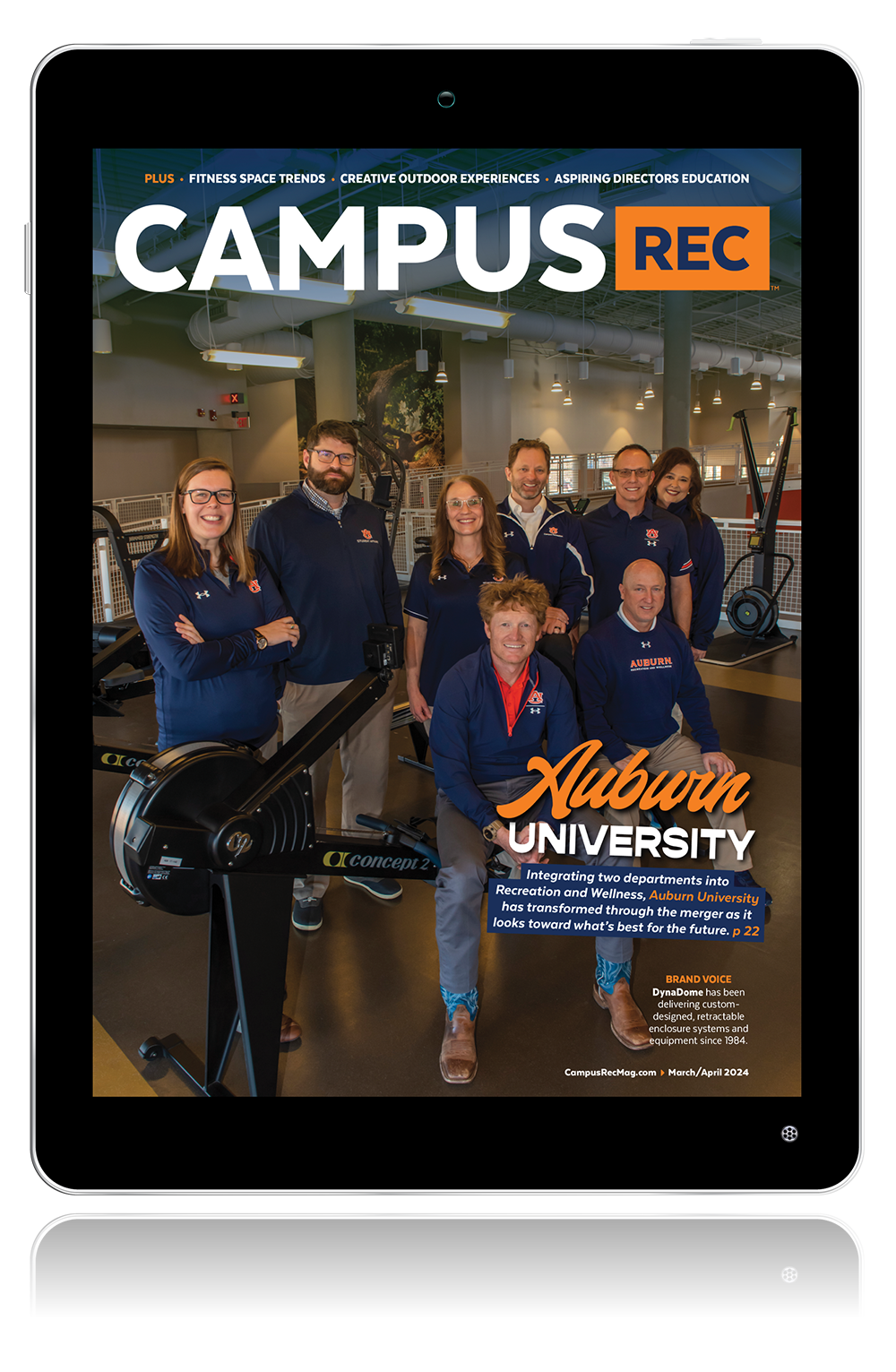Sports is a definitive piece of the American college experience. On the surface, college sports are an Ohio State versus Michigan football game in late November, or a Cinderella’s journey to the March Madness Final Four. But below the surface, college sports are also club teams and intramurals.
And in today’s culture, college sports are also video games.
While video games have been played on campuses since the ‘70s, they became structured and competitive over the last decade, even earning themselves a new name: esports.
Esports can now be found on over 900 campuses, as noted by Collegiate Starleague. Passionate students have led this charge, often without any university oversight. But now, students are demanding greater university support, and universities in turn are evaluating esports as a student engagement, recruitment and retention opportunity.
Thus, universities must ask themselves, “What role will we play in our students’ esports experience? And who among us will be responsible?”
Before answering those questions, it’s important to understand what esports even is.
Esports is the professional viewing and playing of multiplayer video games. Just as there are multiple types of professional sports, there are multiple types of professional esports, the most popular of which are games like Fortnite, League of Legends, Overwatch, Rocket League and Super Smash Bros.
In college, esports — like traditional sports — has three tiers of play: varsity, club and intramurals.
NAC Esports reports there are 150-plus universities with varsity esports teams overseen by the National Association of Colleges and Employers, the collegiate esports’ governing body. Schools recruit these students, sometimes on a full-ride scholarship, to represent them in premier college competitions. These varsity teams are housed in athletics, academic departments or student activities as reported by Inside Higher Ed.
Currently, the most prevalent form of collegiate esports are club teams, often housed in student activities. Students create these club teams through organizations like Collegiate Starleague and Tespa where they compete in sanctioned leagues and tournaments against other school teams.
Lastly, there’s intramurals, currently the most overlooked, but actually the biggest potential opportunity for colleges.
Sport and esport intramurals both drive the most student body engagement because they are inherently accessible, casual and social; i.e., students create teams among friends with no significant financial obligation, time commitment or skill set required to participate.
Now, unlike sports, esport intramurals do not require any field or facility to play — students can use the consoles and PCs they already own, eliminating any upfront investment.
And thanks to organizations out there, campus rec departments can seamlessly add esport intramurals to their other offerings without any gaming expertise required.
By doing this, schools can expect to increase the depth and width of their intramural engagement: it will deepen the engagement of existing intramural players and even bring in new students not previously playing intramurals.
Regardless of what option — varsity, club or intramural — you choose, it is vital to introduce esports to attract and retain tomorrow’s student. But if your goal is accessibility for your students, staff and facilities, remember the tier of college sports that does it best: intramurals.
Byron Abrigg is the co-founder and COO at Mission Control GG. For more information, email byron@missioncontrol.gg.










